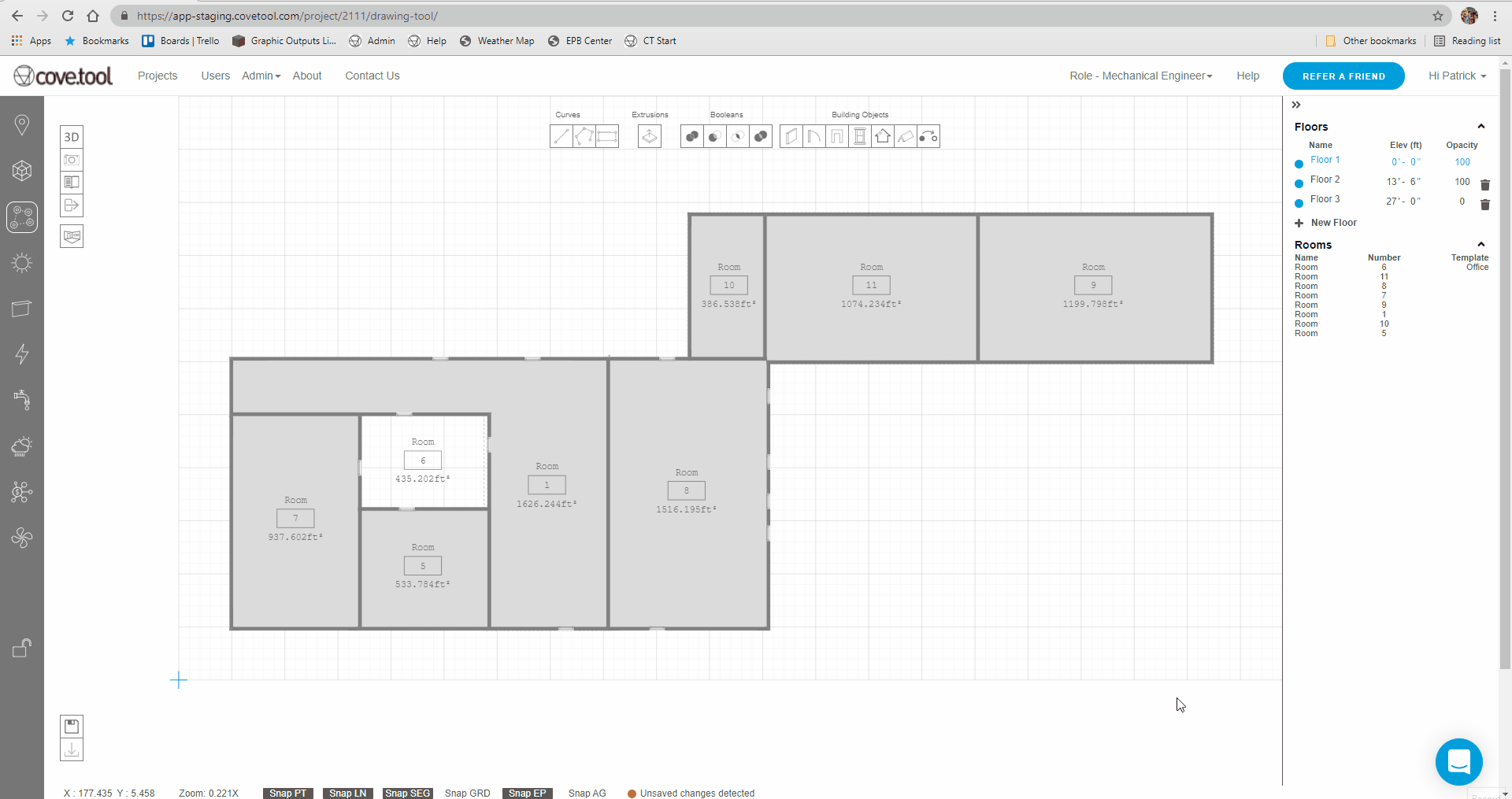For mechanical engineers, architects, and anyone else involved in building design, understanding the movement of air and the comfort level from temperature changes, along with the amount of energy required to meet related requirements, is among the greatest challenges and unknowns during the design process.
To be able to plan for these needs, load modeling is paramount. A load model is the primary design basis of heating and air conditioning systems, which will calculate the rate of energy required to maintain an indoor environment at specified conditions. Once those needs are understood, the design of piping, ductwork, and the heating and cooling equipment can be accurately and confidently determined.
Automation For HVAC Design
For too long, these determinations have been reserved to best estimates and educated guesses, but today cove.tool is excited to offer our new solution that will make the creation of load models easier than ever before: Automated loadmodeling.tool will help you establish peak cooling and heating loads to ensure you are designing appropriate and rightly sized mechanical systems.
loadmodeling.tool is designed to be the perfect tool for consulting engineers, design and/or build contractors, HVAC design experts, facility engineers, and other professionals involved in the design, installation, or maintenance of commercial HVAC systems. Utilizing the already trusted EnergyPlus engine for detailed, room-by-room load calculations and equipment sizing, the loadmodeling.tool integrates with the wider cove.tool platform to be the next opportunity for seamless energy analysis and building design.

Accurate Calculation of Load Models via loadmodeling.tool
The loadmodeling.tool is available to take your proposed building design and calculate the space, system, and plant loads 24 hours per day, taking into account changing conditions throughout the different months and seasons. By incorporating the heat flow impacts of all interior elements, from walls to roofs to appliances and electrical equipment to even the people expected inside a space, the loadmodeling.tool can anticipate temperature needs based on time of the day, time of the year, and more.
Using techniques directly recommend by the American Society of Heating, Refrigeration, and Air-Conditioning Engineers (ASHRAE), specifically in accordance with ASHRAE Standard 140-2020, "Standard Method of Test for the Evaluation of Building Energy Analysis Computer Programs," loadmodeling.tool’s calculations harness industry best practices. As a result, the outputs from loadmodeling.tool meet requirements for simulation software in ASHRAE 90.1 and the LEED Green Building Rating System.
Further, after initial expected loads are calculated, the loadmodeling.tool can be used to identify opportunities for passive (and cost-effective) building design for light, air flow, and temperature control: windows, skylights, open doorways, and more. To learn more about loadmodeling.tool.
